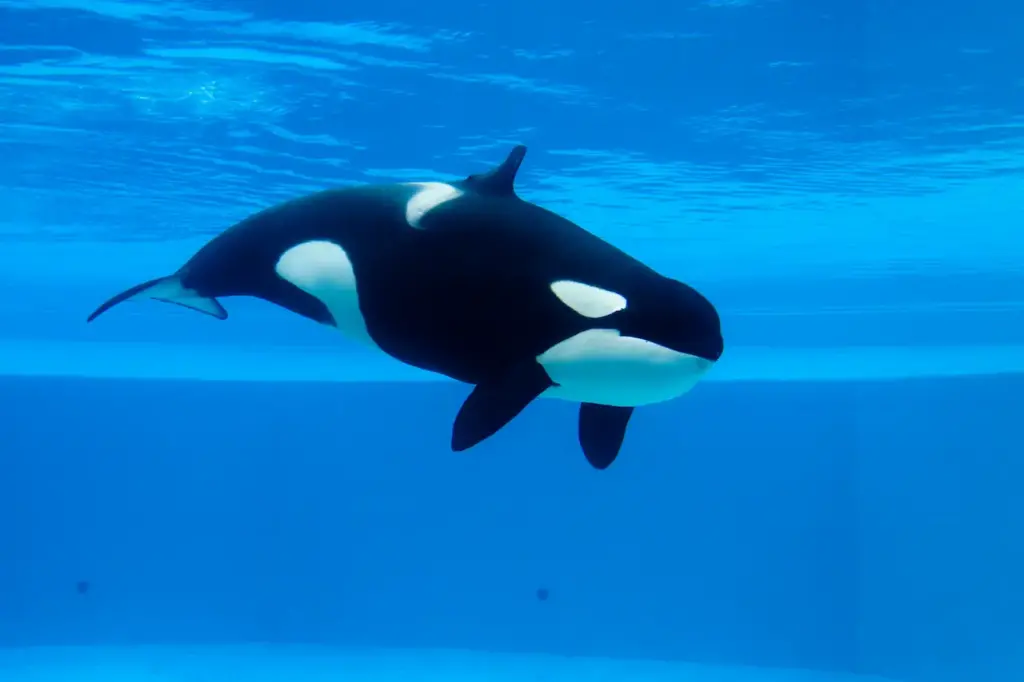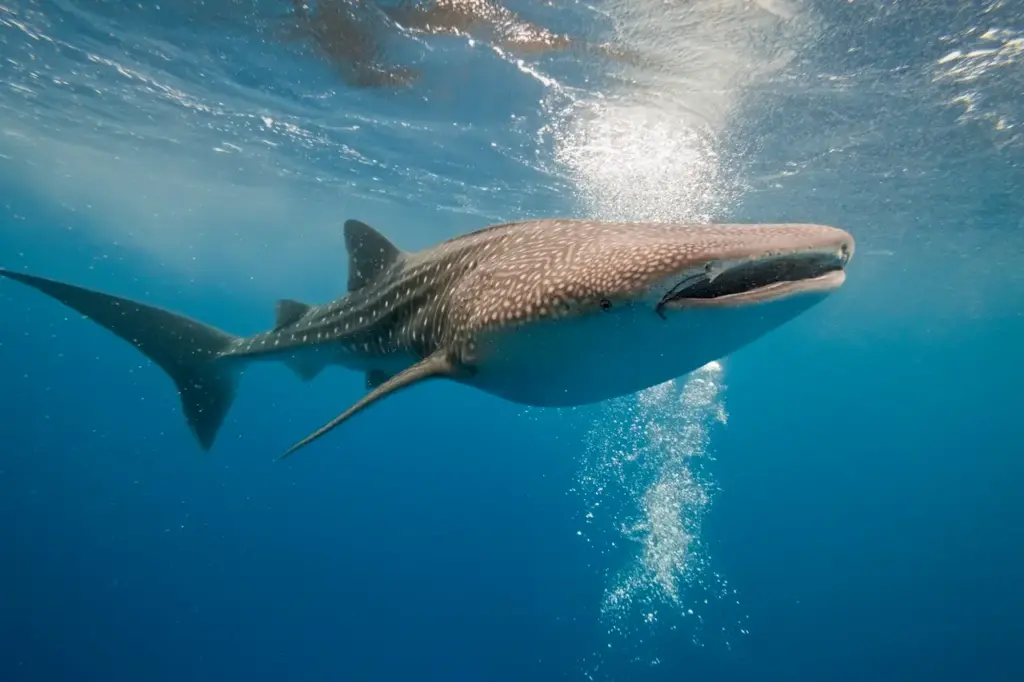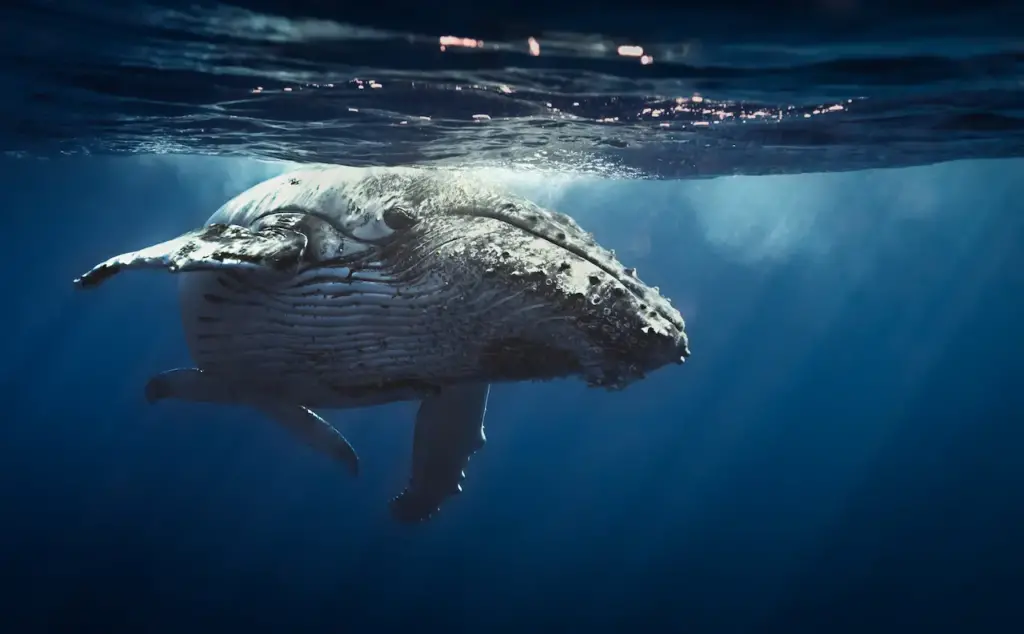What Eats A Whale?
Categories
- Accipitridae (1)
- Acrididae (1)
- Algae (2)
- Alligatoridae (1)
- Amoebidae (1)
- Amphibians (3)
- Anatidae (1)
- Anguillidae (1)
- Arachnids (2)
- Bears (2)
- Big Cats (3)
- Birds (13)
- Bovidae (5)
- Bufonidae (1)
- Camelids (1)
- Cameras (1)
- Canines (13)
- Caridea (1)
- Carnivora (10)
- Castoridae (1)
- Cats (5)
- Cebidae (1)
- Cephalopod (1)
- Cervidae (2)
- Cetacean (1)
- Chondrichthyes (1)
- Crocodilia (2)
- Crustaceans (4)
- Culicidae (1)
- Cyaneidae (1)
- Dasypodidae (1)
- Dasyurids (1)
- Deer (1)
- Delphinidae (1)
- Desktop (1)
- Didelphidae (1)
- Dinosaurs (1)
- Dogs (13)
- Dolphins (2)
- Echinoderms (1)
- Education (10)
- Elephantidae (1)
- Equine (1)
- Erethizontidae (1)
- Erinaceidae (1)
- Farming (1)
- Felidae (5)
- Fish (5)
- Food Chain (31)
- Food Web (2)
- Formicidae (1)
- Frugivore (1)
- Gaming (1)
- Gastropods (1)
- Giraffids (1)
- Great Apes (2)
- Health Conditions (3)
- Herbivore (4)
- Hi-Fi (1)
- Hippopotamidae (1)
- Hominidae (1)
- Insects (10)
- Invertebrates (2)
- Keyboards (1)
- Laptops (1)
- Leporidae (1)
- Mammals (23)
- Marsupials (4)
- Mephitidae (1)
- Microchiroptera (1)
- Mollusks (2)
- Mongoose (1)
- Muridae (1)
- Nocturnal Animals (1)
- Odobenidae (1)
- Omnivore (2)
- Phasianidae (1)
- Phocidae (1)
- Plankton (1)
- Plants (2)
- Primate (1)
- Ranidae (1)
- Reptiles (7)
- Rhinocerotidae (1)
- Rodents (5)
- Salamandridae (1)
- Scarabaeidae (1)
- Sciuridae (2)
- Sharks (1)
- Shellfish (1)
- Sound (1)
- Spheniscidae (1)
- Suidae (1)
- Superfamily Papilionoidea (1)
- Theraphosidae (1)
- What Eats (5)
Whales fill a vital niche as giant marine mammals that traverse all the world’s oceans. From tiny porpoises to enormous blue whales, cetaceans play integral roles in ocean ecology as majestic predators near the top of marine food chains.
Yet even these aquatic titans fall prey on occasion to various creatures, great and small, leading to an evasive struggle for survival. This article explores what eats whales and how these species hunt and consume whale prey when given the opportunity.
While not invincible, whales employ their massive size, speed, and intelligence to minimize threats. However, certain predators possess adaptations that allow them to kill and eat whales through persistence and specialized hunting techniques. Examining these dynamics provides insights into the interconnected food webs of ocean life and the inescapable vulnerability of all mortal lifeforms.
Table of Contents
ToggleGiants of the Seas
To understand what eats whales, it is instructive first to appreciate their evolutionary adaptations. Whales belong to the taxonomic order Cetacea, which contains dolphins, porpoises, and related aquatic mammals. Whales are divided into two suborders: baleen whales, which filter feed, and toothed whales, which use echolocation to hunt fish, squid, and other prey.
All cetaceans possess streamlined, fusiform bodies to glide through water with minimal drag. Their horizontally flattened tails provide powerful propulsion. Beneath the skin lies a thick layer of blubber for insulation and energy storage. Whales also have acute vision, hearing, smell and taste suited to life immersed in water.
Orcas Are Formidable Hunters
The ocean’s apex predators, orcas or killer whales, hunt whales together in well-coordinated groups. Different orca populations show specialization in their preferred whale prey depending on their habitat and abundant food sources.
In Antarctica, orcas harass and overwhelm minke whales until exhausted before drowning and consuming them. Off Australia’s coasts, migrating humpback whale calves and mothers fall prey to the cunning packs. Orcas also attack young gray whale calves as they travel down the west coast of North America with their mothers.
To take down whales much larger than themselves, orcas demonstrate strategic hunting techniques. They work together to separate calves from their parents. Repeated ramming and biting wear down protective mothers. Finally, the calf is isolated, drowned, and shared among the pod members. Orcas present the most widespread and behaviorally advanced threat to whale survival.
Large Sharks Attack Opportunistically
Several shark species will kill and eat whales when given the opportunity. Though not actively hunting adult whales, sharks employ persistence and scavenging to consume weakened individuals or whale carcasses. The three largest culprits are tiger sharks, great white sharks, and bull sharks.
At up to 18 feet long, tiger sharks have serrated teeth, allowing them to saw through whale blubber. They persistently return to whale carcasses over time to feed repeatedly on ample meat. Great white sharks use their speed to inflict massive fatal bite wounds on young or already ill whales. Their serrated triangular teeth inflict deep lacerations.
Bull sharks reach a stocky 11 feet long and have extremely powerful jaws capable of killer whale-like ramming to injure whales. All three species have been documented scavenging dead whale bodies that sink down to the sea floor within their depth range.
Giant Squids Battle in the Depths
From the stuff of legend, tales persist of epic battles between giant squids and sperm whales in the lightless ocean depths. While never witnessed directly, sucker marks on dead whale bodies provide evidence of these deep-sea confrontations.
Giant squids inhabit cold, deep waters and ambush prey using hooks and tentacles lined with suckers. Reaching over 40 feet long, their eight-long arms can grab and constrict large animals. However, sperm whales have been observed successfully hunting giant squid.
During life-or-death grapples in the blackness, both massive creatures inflict potentially mortal wounds on each other through brute force.
While details remain scarce, these rare titanic clashes offer glimpses into unseen struggles for survival miles below the ocean surface. They underscore that whales contend with dangers even in the most remote pelagic strongholds.
Parasites Weaken From Within
Invisible to the eye, parasites also extract sustenance from whales as hosts in the ultimate parasitic relationship. Whale lice attach to the skin and eat sloughed-off tissue. Flukes and stomachs house internal nematode worms that cause infections and rob nutrition.
But the most deadly cetacean parasites are Anisakid roundworms that embed in whale flesh and release toxins. Orcas and sharks opportunistically attack whales weakened by roundworm infestations, which lower immune function and cause edema.
Tiny parasites that evade whale immune responses incrementally drain vitality, leaving their gargantuan hosts vulnerable to more visible external threats.
Scavengers Feast on Remains
While not directly killing them, ubiquitous scavengers complete the nutrient recycling process by consuming whale carcasses. Hagfish and sleeper sharks use rasping teeth to burrow into dead whale falls on the sea floor. Their efficient recyclers prevent marine diseases and return nourishing whale biomass to the ecosystem through the food chain.
On beaches where whales periodically wash ashore, dense crowds of crabs, fish, birds, and bears gather to pick fallen leviathans clean down to the massive bones. Opportunistic gulls scan the oceans from above and quickly arrive to scavenge any drifting whale remains. Decomposing whales sustain entire local ecosystems through this final provision of energy.
Humans Alter Population Dynamics
While natural threats exist, modern whaling drove many whale species to the brink of extinction. Conservation efforts ended overt commercial whaling, but ongoing activities still imperil whales. Ship strikes, fishing gear entanglements, ocean noise, and plastic pollution disrupt the tenuous balance between whales and their historical predators.
Prey availability shifts when climate change and human activities alter ocean ecosystems. Removing too many whales cascades through the food chain. Prey fish stocks increase, which then causes sequential pressures and declines.
Even non-consumptive activities like marine seismic surveys and naval sonar alter whale migration patterns that Killer whales rely on. Humanity’s global influence perturbs oceanic balances in ways that undermine whale resilience against existing threats.
Calves and Juveniles Face Higher Risk
Young whale calves and juveniles fall prey more frequently to predators due to their smaller size, vulnerability when separated from parents, and lack of life experience. Orcas and sharks usually target the young rather than full-grown adults.
Newborn calves stay alongside their mothers for security and must quickly learn evasion techniques and responses to threats. During migrations or moments of separation, inexperienced calves become targets for opportunistic ocean predators. Even adolescents unfamiliar with certain migration routes and predator warning signs remain at higher risk until they gain sufficient size, strength, and knowledge.
Conclusion
In examining what eats whales, their inherent vulnerability emerges despite being the planet’s largest creatures. Yet centuries of whaling rather than natural predation brought whales closest to disappearance. As humanity continues altering environments worldwide, how whales will fare in the coming decades remains uncertain.
With greater understanding and care for the oceans, we can work to preserve the enigmatic whales and complex marine food webs that sustain our planetary life support systems. Whales serve as visible symbols of nature’s grandeur and reminders that even goliaths fall, given sufficient pressures over time.
Maintaining balance requires foresight into how small disruptions escalate in ecosystems fundamental to all existence. With wisdom and restraint, perhaps whales and all who depend on them will thrive in the future.



